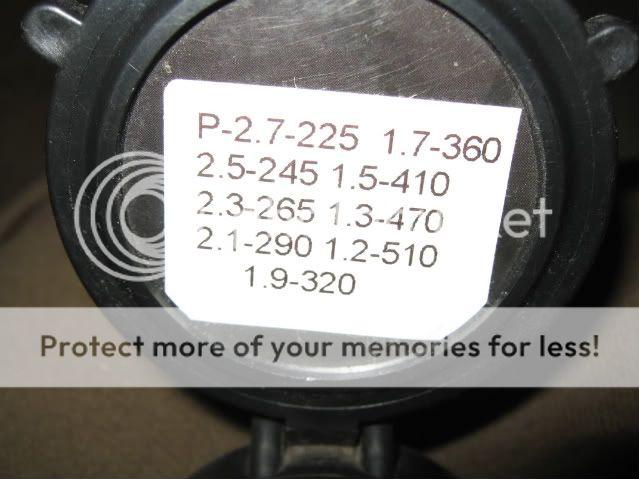Subtension rangefinding is a fascinating concept that can be applied with any 2 points at one distance relative to any 2 points at any other distance. It can be used with anything really from simple plex reticles to MD reticles to Ballistic Plex...even archery sight pins if one wished to. The limitations of the math cannot be denied though. Here is a post I put on Rimfirecentral recently. I like this equation though since it's the most basic relative to all the other permutations of it, and actually easily memorized--
The subtension (the milliradian or minute of angle being 2 such subtensions)rangefinding formula has 5 variables in it. Once you know 4 of them then you can calc the other as in all equations. Here it is in it's most basic form (inches to yards)--
tgt. size x range of reticle subtension measurement/reticle subtension/"mil-reading" = range
...i.e, suppose you want to range a 10" target that occupies 2.1 MOA in your 1 MOA hypothetical reticle, so here's the equation--
10" x 100/1.047/2.1 = X yds.
X= 455
Obviously the target size can also be calcd. from the same equation above, or any of the variables for that matter.
The application and adaptation of that equation has been responsible for a lot of fun for us in the field over the years we've been using it. All angular rangefinding is based on this equation, such as what Noremf describes above. I've even used it with archery sight pins. And interestingly enough it also defines the math behind downrange zeroing as well where the tgt. size becomes bullet drop at any particular range (so in this particular example if your bullet drop is 10" at 455 yds. you would need to aim 2.1 MOA high to hit it...can you see?). Play with it some, it's actually quite interesting...IMO.
Now here is the system using a 1/2 mil subtension unit for coyotes (back to brisket using an avg. 11" measurement)--

Now when it comes to various sizes of coyotes (in this case), I swag a closer range, if I think the coyote is a juvenile (the way to remember it is simple--smaller is closer and larger is further).
When it comes to subtension applications in the field (and on the range) the most important concept IS A THOROUGH UNDERSTANDING OF THE FOLLOWING--the memorization and application of the "mil-ranging" equation, and the ~inversely proportional relationship between subtension and scope magnification with 2nd focal plane reticles.



